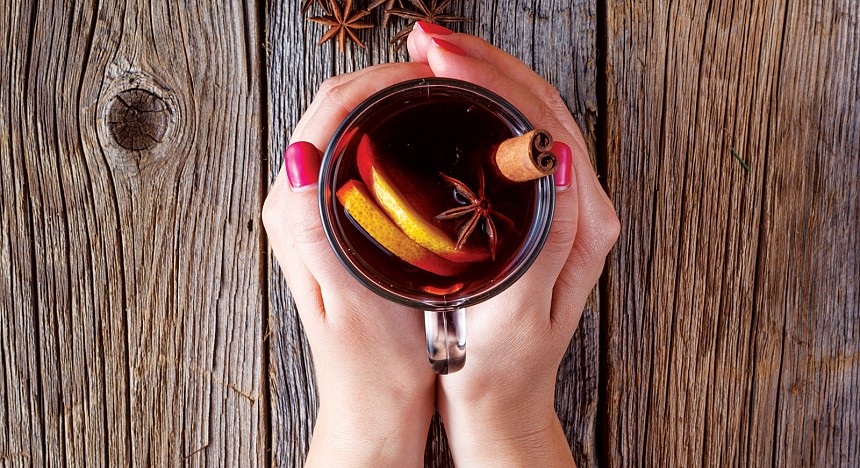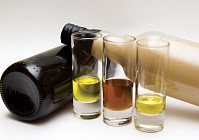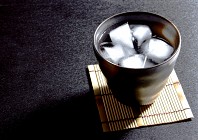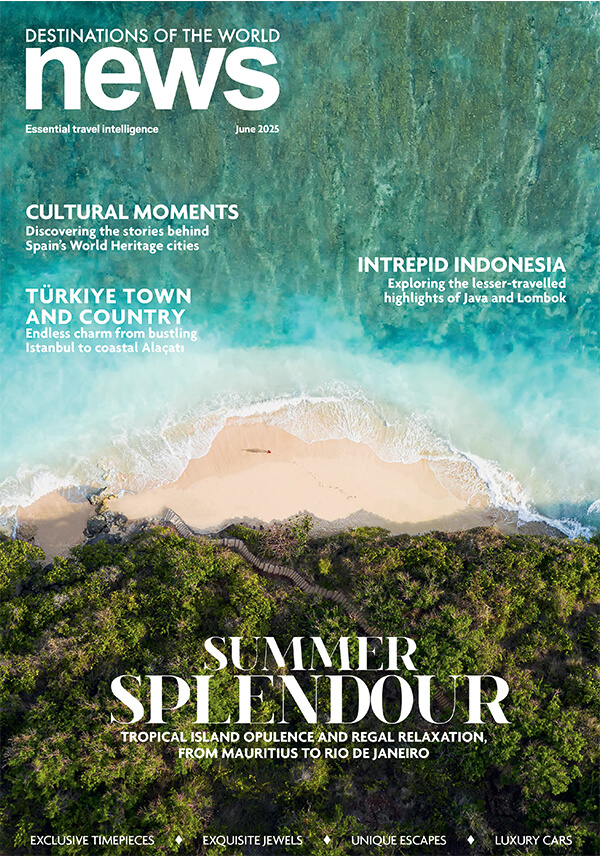The lions that grace Budapest's iconic Chain Bridge wear a lacy cap of snow. The chilly air whirls around their regal stoniness. Below the bridge, which connects the hilly towns of Buda and Pest, the Danube River in the moonlight flows like the mulled wine served at the Christmas market in Vorosmarty Square, just a stone's throw away. The centuries-old plaza is festooned annually from mid-November for the festive season, when lights twinkle like stars, carollers gather in nooks to croon, and revellers wander a warren of alleys created by rustic, cottage-like huts that hold handicrafts, homemade gift items, artwork, and food.
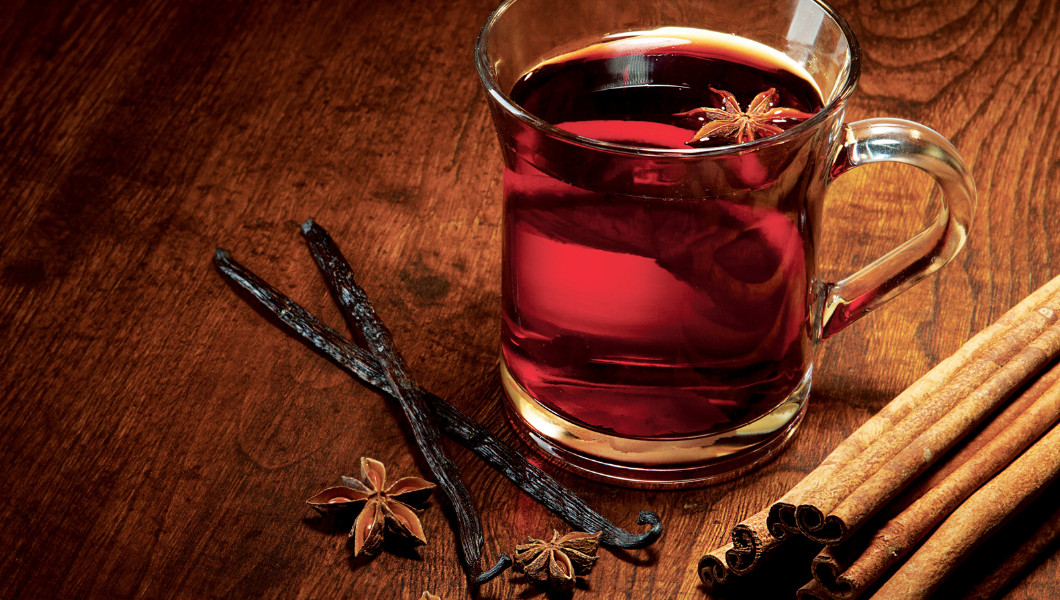
I follow my nose, led by the scent of cinnamon, cloves and cookies baking. Nuts roast atop grills above open fires, spits hold geese thighs and sausages, while large cauldrons contain goulash, dotted with prunes. Some vendors sell toki pompos, a Hungarian pizza topped with bacon, tomatoes and a slathering of cream, and then there's pork knuckles, hand-dipped chocolates and pancakes. But the first thing I do is join the throngs in the queue for the requisite beverage of the season – a steaming mug of mulled wine. Served in a signature red-and-white mug at Vorosmarty Market, the warm red wine exudes the essence of orange. Sweet, robust and fortifying, it tastes of cinnamon and vanilla. Simply wrapping my hands around the steaming mug satisfies the soul.
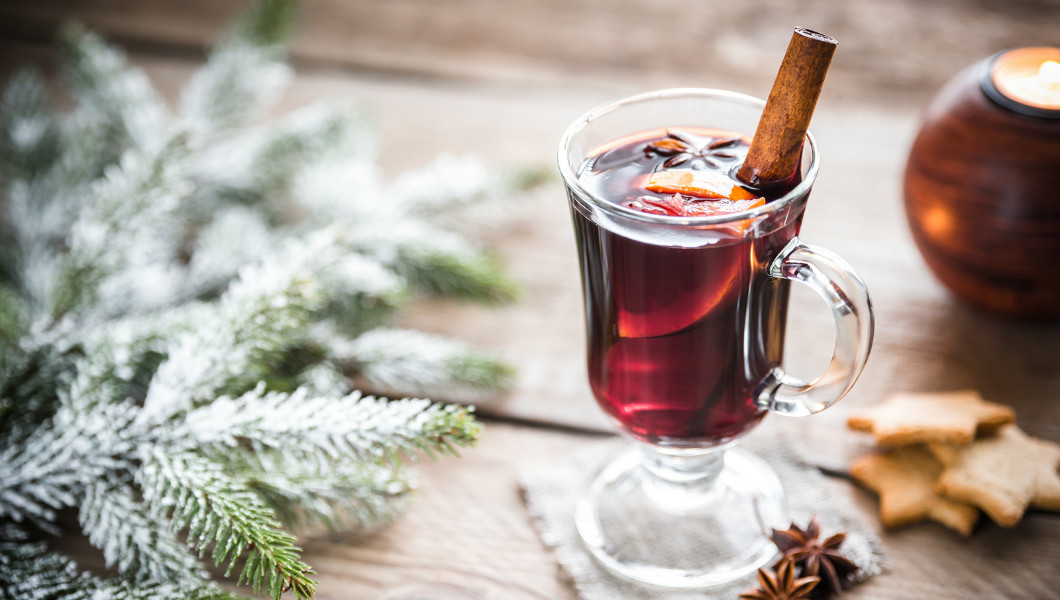
Nectar from the holiday gods, a drink pervasive in German-speaking countries during the festive season, but also popular in Scandinavia (where it is called glogg), and other northern European countries, such as Hungary and France (vin chaud), glühwein dates back to an era when people doctored up souring or stale wine with spices and honey to extend the libation's life. Meaning "glowing wine", a reference to the scorching irons originally used to heat it, glühwein is best created by steeping oranges or lemons, cinnamon, anise and cloves, sometimes vanilla, raisins, or almonds in red wine, then sweetening it with honey. But families, vendors and bartenders each guard their personal secret recipe, sometimes using cherry, berry or white wine as a base.
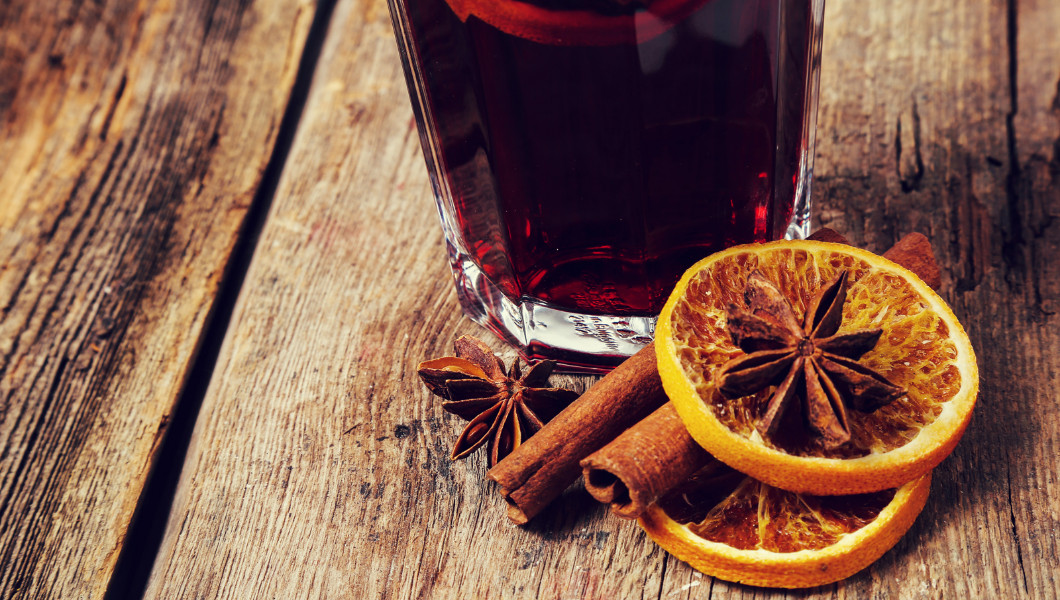
Non-alcoholic versions can be found, while stronger variations featuring shots of rum also sate. At Vorosmarty Market, as at most holiday markets, the price of the glühwein includes the mug, which features a different design each year. Tipplers can also return the mug, for a refund or simply have it refilled for a reduced price. I'm carrying enough, having shopped the stalls and purchased fur hats, wooden children's toys, leather gloves and felt slippers for gifts to put under the tree. Still, I can't resist keeping this year's mug, adding to the large collection I have stuffed in the cupboard at home. But first – may I have another mugful please?
4 places to try mulled wine in Europe:
A cup of Swiss bliss
Perched where a quartet of Alpine valleys meet in Switzerland's Bernese Oberland, pine-tree encircled Gstaad looks like a gingerbread village in winter. Best known as a tony ski resort, rife with slopes prime for s-turns, this storybook burg, frosted with snow, looks good enough to eat. While any number of cafes and bars serve glühwein when you visit, why not let the mulled beverage come to you?
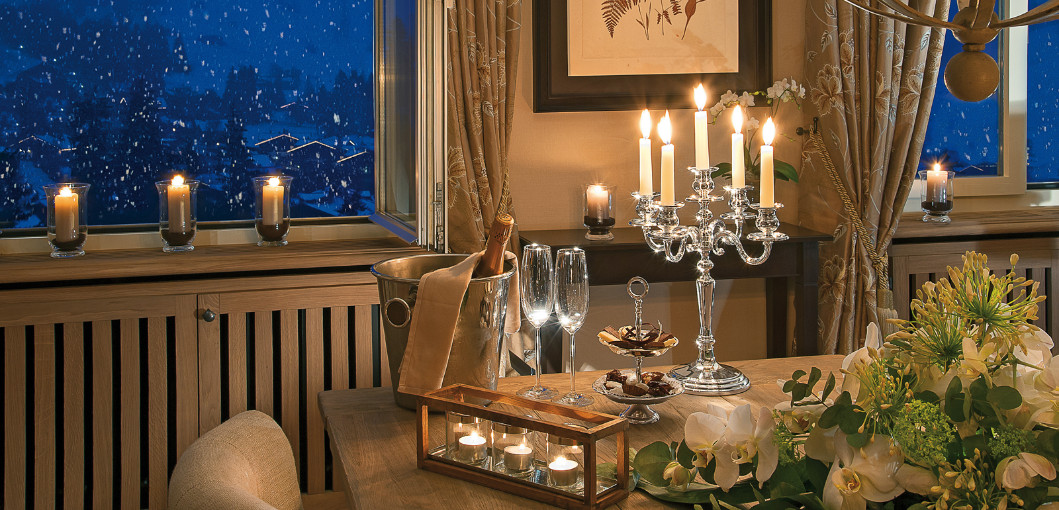
When you stay at the regal Gstaad Palace, the hotel will arrange for ski butlers to deliver a toasty thermos of glühwein to you, right on the mountain. Enjoy its spicy warmth with a picnic hamper, packed with sweet treats, savoury nibbles and robust local cheese. Back at the five-star, turreted, hilltop hotel, treat yourself to another cupful at the refined, celebrity-packed, Palace Lobby Bar.
Palacestrasse 28; +41 33 748 5000; www.palace.ch
Being well with Danes
Hygge. The Danes use this word to describe that sense of well-being that comes after an evening well spent with friends. Find it at Copenhagen's Tivoli Gardens, the world's first amusement park, which celebrates the holidays with a magical flair. But, don't miss the greatest show on earth: the unveiling of the dramatic Christmas façade on November 11th at the grande dame Hotel d'Angleterre, situated on the King's Square.
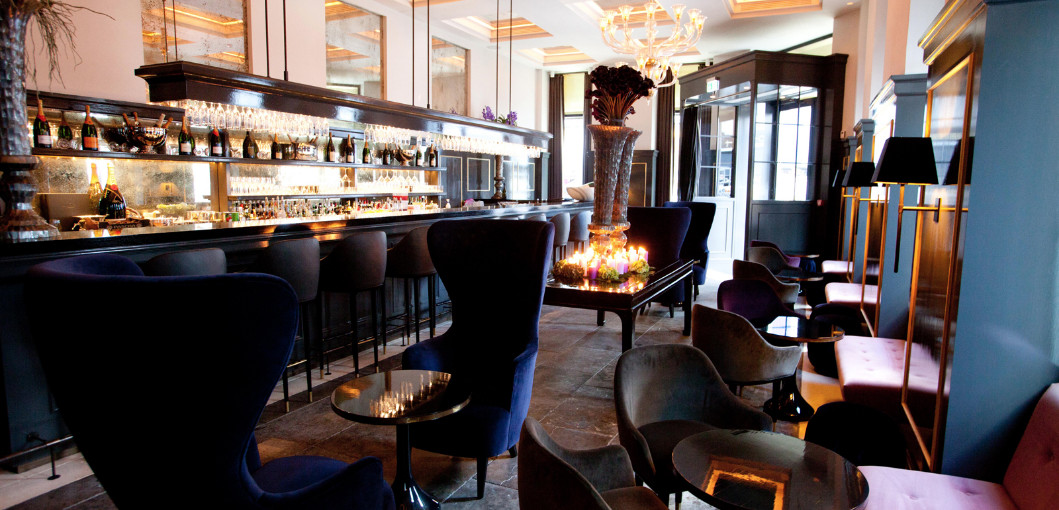
For the rest of the season, merrymakers can stop at the hotel's historic terrace for a shopping break, and linger over a portion of its famous glogg. With a base of white wine, a jigger of brandy, some rum and spices that run the gamut from cardamon to ginger, the holiday treat cures aching feet and restores the party spirit.
Kongens Nytorv 34; +45 33 12 00 95; www.dangleterre.com
Hungarian Haven
Budapest is known for its curative springs and bath houses, spots where you can soak for hours, surrounded by architecture that ranges from 16th-century Ottoman to stately Belle Époque. With a Castle District, a Great Market Hall, and Váci utca, the long pedestrian street, there's much to do But in festive season, the holiday markets pop up in front of St. Stephens Cathedral, along the banks of the Danube – though many agree that the art nouveau Four Seasons Gresham Palace, located at the end of the Chain Bridge, overlooking the hills, may put on the best holiday fête of all.
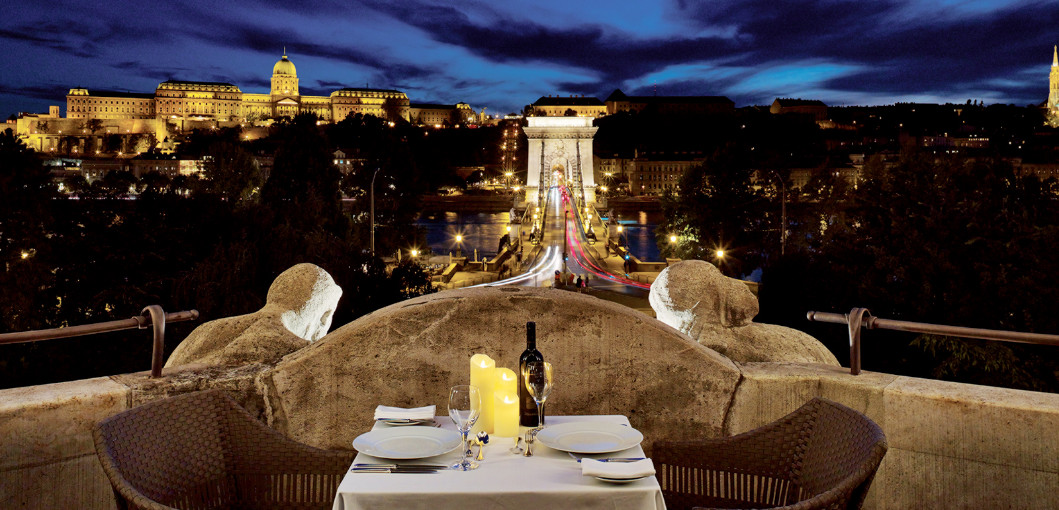
Enter the complex through iron gates so ornate that they trumpet the elegance of the party to come. Redone to recreate the glamour of the past and exuding tradition, the winter scene reflects a Nutcracker-inspired world. Offering guests Hungarian tasty treats and mulled wine, Gresham Palace's upscale Christmas Market features brands such as Neroli Perfumery, Catherine Dickens, Cinq Filles and Varga Crystal.
Széchenyi István tér 5-6; +36 1 268 6000; www.fourseasons.com/budapest
Wintry libations in Austria
The tradition of the Christmas markets in Vienna dates back to the 16th century. Then, the first Christmas market opened on the Viennese Graben, still a luxurious shopping street. Today, markets abound, but the most exciting place to be is on top of the city at The Ritz-Carlton, Vienna's jaw-dropping rooftop bar turned holiday fête. The line winds through the lobby and out into the street. But wait long enough and eventually you'll reach the city's highest and most chic Christmas market.
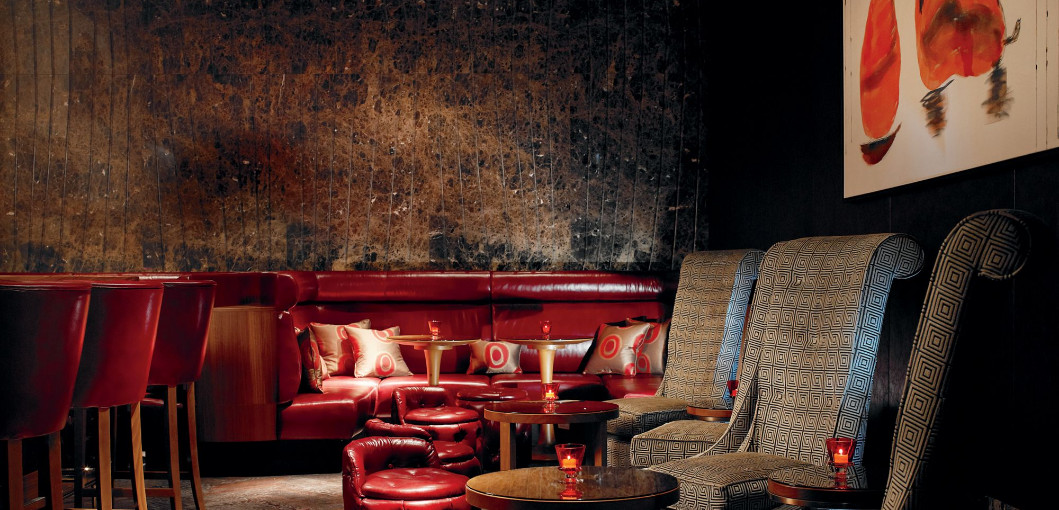
Composed from four historic palaces, the hotel is a patchwork of architectural wonder and its crown, the soaring bar, overlooking the vastness of the imperial city, draws crowds year round. During the holidays however, the roof converts to a village of stalls bursting with crafts, art, ornaments, winter-wear and Austrian epicurean delicacies. Of course, glühwein, its perfume wafting from heavy mugs, prevails.
Schubertring 5-7; +43 1 31188; www.ritzcarlton.com/vienna
